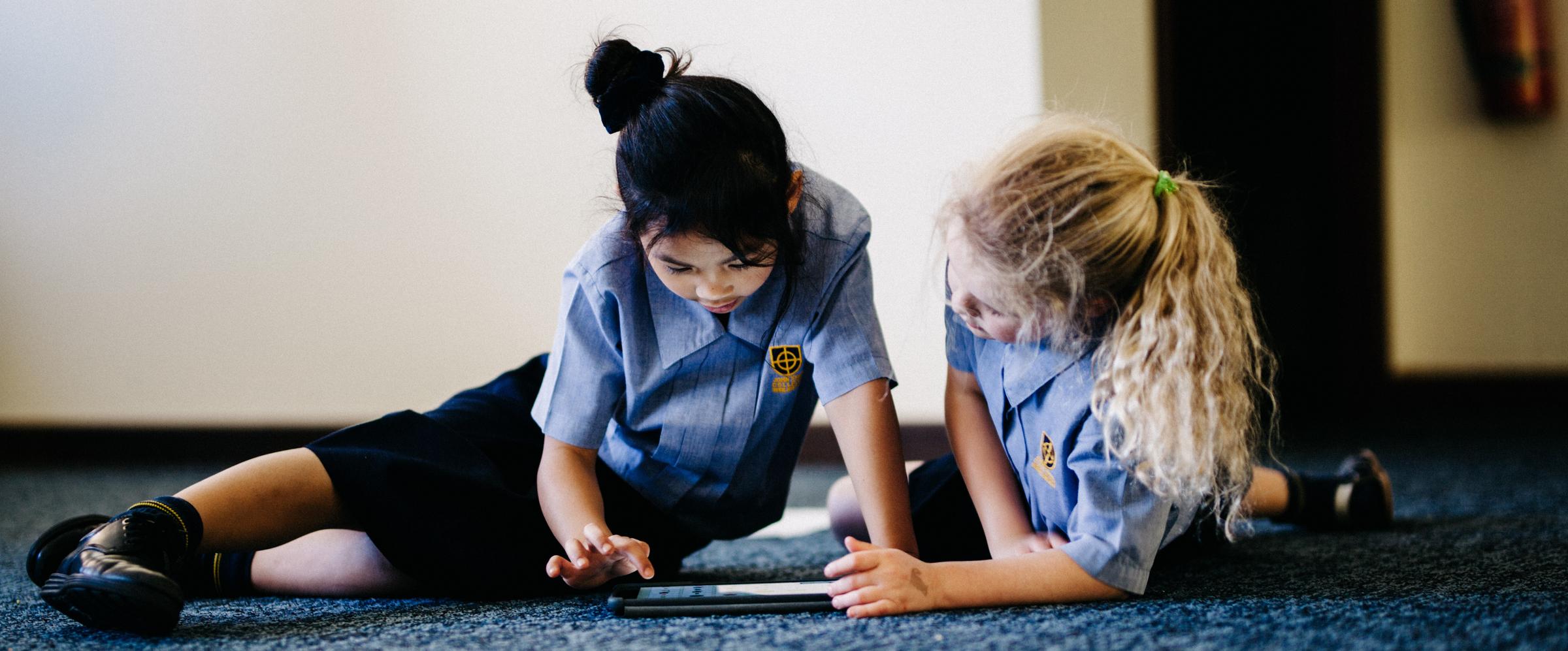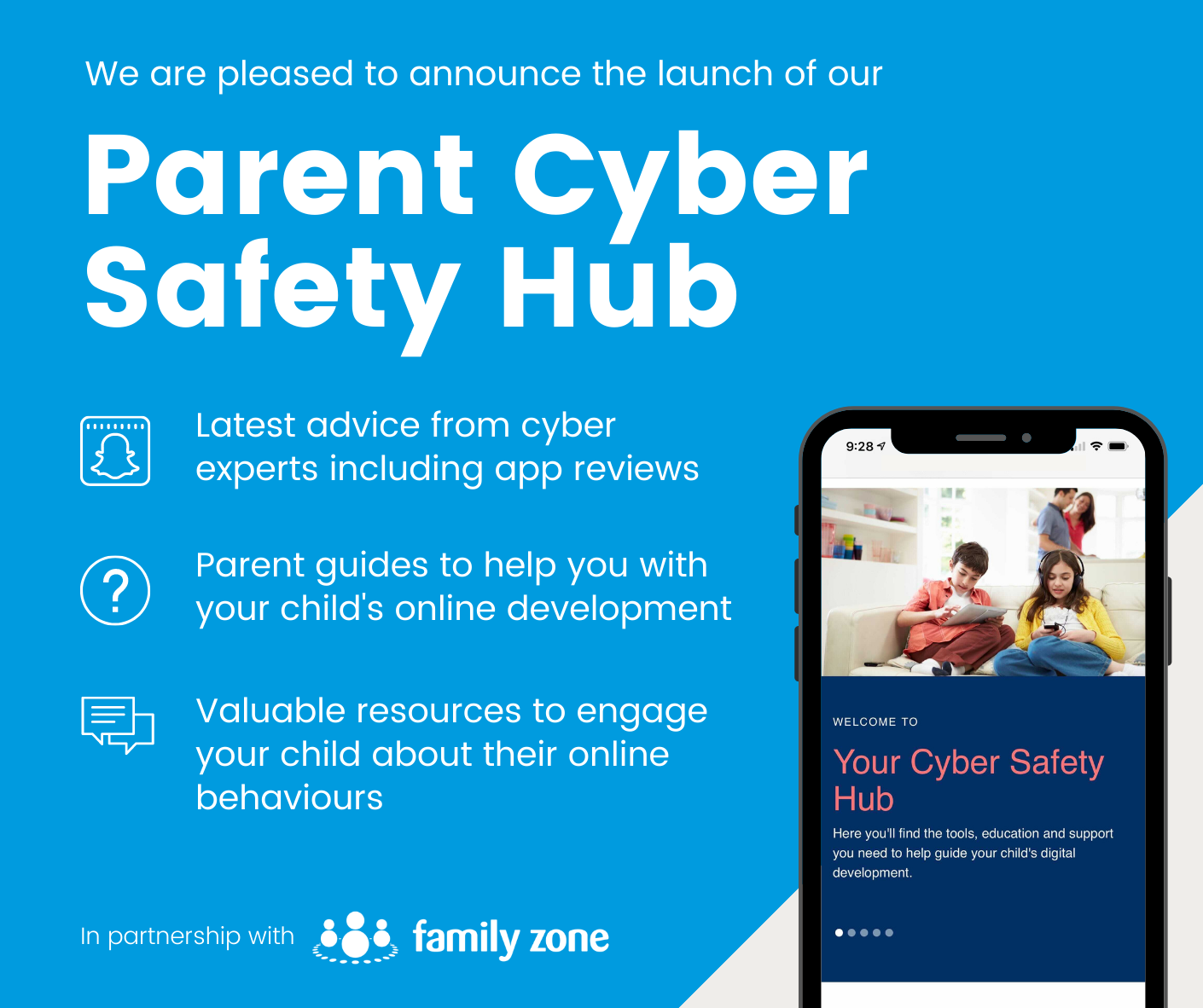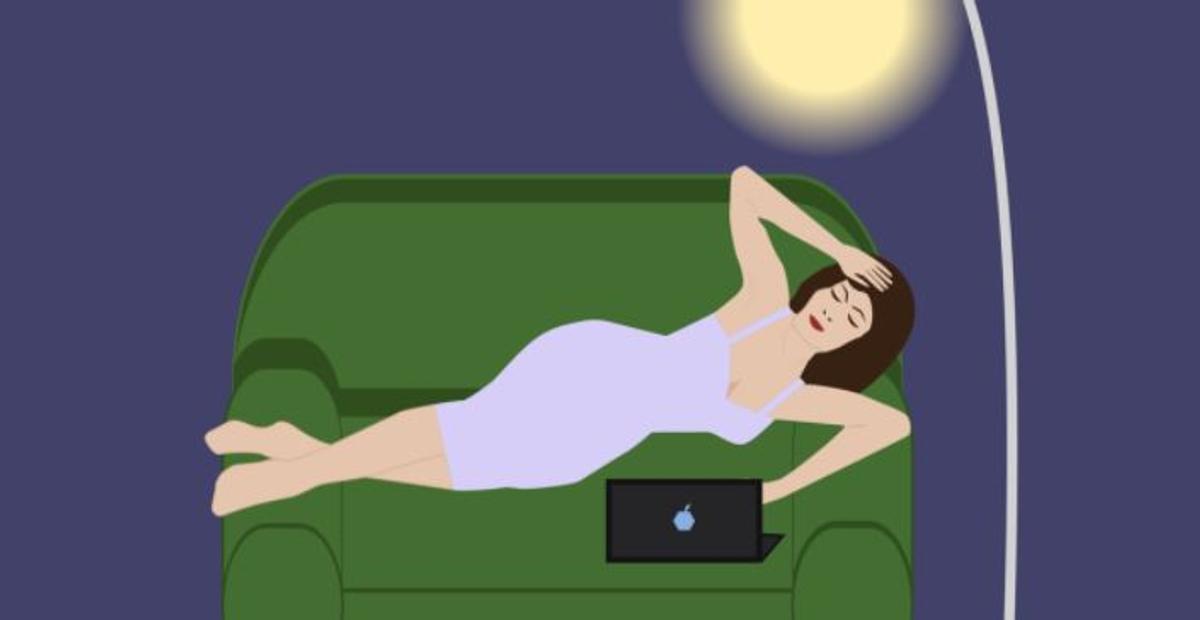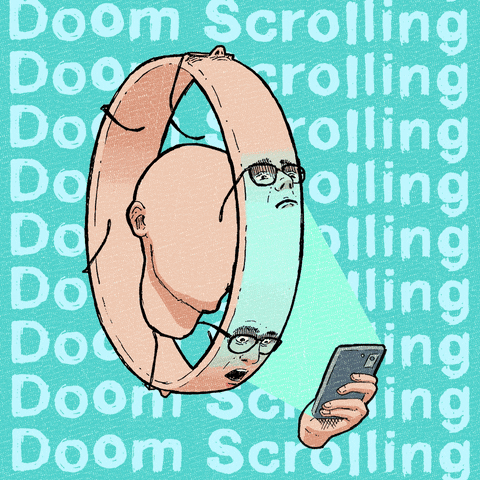Cyber Safety
Check out our Cyber Safety Hub
We are delighted to introduce you to a new resource made available to you through our partnership with Family Zone - our new school Cyber Safety Hub.
As you may already be aware, our partnership provides your family with access to the Family Zone tools to use at home with your children if you wish. The purpose of the Cyber Safety Hub is to complement those tools with practical guidance and information to further support you in engaging with your children in their digital development. These tools and resources also allow the school and parent body to work together on creating a holistic approach to guiding each student's online journey.
You can access the Cyber Safety Hub using the link below:
https://johnxxiii.cybersafetyhub.com.au/
About the Parent Cyber Safety Hub
The Cyber Safety Hub includes resources to help your family better understand the different Family Zone tools available to you and how to use them, plus access to regular cyber safety events to help you stay informed about the latest digital trends.
Also, the Cyber Safety Hub provides expert advice from leading cyber experts, ySafe, on the most pertinent issues and frequently asked questions around platforms like TikTok, Fortnite, Instagram, and more. There are app reviews with age and safety recommendations, along with a range of guides to help ensure healthy boundaries around screen-time & gaming, plus step-by-step instructions for using parental controls and filtering out inappropriate content.
We are very excited to be able to offer you this level of expertise and support. We look forward to working closely with you as we develop the cyber safety conversation within our school community.
Doomscrolling: What it is, why we do it, how to stop
Compulsively reading negative news online wastes time and makes us feel awful. So why do we keep doing it - and how can we stop?
Ah, morning! The kids are off to school - remotely or otherwise - or down for a nap. You’ve settled down for a quiet coffee before the rest of your workday begins.
You pick up your phone and check the headlines. They’re not good. (Are they ever good?)
The Delta variant is surging. The deathtoll in Indonesia is horrifying. Kids’ mental health is unravelling. People are dying from extreme weather events. Protestors are growing violent. A mother and child are killed in a hit-and-run. And there’s another outbreak of gastro at daycare.
You look up - eventually. How much time has passed? you wonder. Your shoulders are up around your ears. Your breathing is shallow. And that quiet coffee feels like it’s turned to battery acid in your stomach.
If this sounds like you most mornings, welcome to the club. You’ve officially mastered the digital art of “doomscrolling.”
A new word for an old habit
It’s a word that’s just been added to many dictionaries in this pandemic year - and an online activity that has been added to many morning routines. And afternoons. And evenings.
Miriam-Webster defines it as “the tendency to continue to surf or scroll through bad news, even though that news is saddening, disheartening, or depressing.” It’s a habit that the COVID pandemic has catapulted to previously unheard-of heights.
Psychologists theorise that our drive to consume bad news is a primitive survival response - at some level, we are hard-wired to gather information to help us avoid destruction.
Many of us who are prone to doomscrolling - or “doomsurfing” - get so thoroughly sucked into the quicksand of the negative news cycle, whether on our social media feeds or online new sites, that we lose all track of time. We find it almost impossible to step back entirely because … well, because we might miss something new that’s horrific or sad-making.
It’s a weird kind of FOMO, this Fear of Missing Out on misery. What exactly is going on with this?
Psychologists theorise that our drive to consume bad news is a primitive survival response - at some level, we are hard-wired to gather information to help us avoid destruction. But in the age of 24/7 news and 24/7 online access, this once-adaptive reflex is anything but life-giving.
Couple this with recent large-scale disasters - namely, a global pandemic and the increasingly evident fall-out from climate change in the form of extreme weather events - and you have a perfect storm for doomscrolling.
And that would be okay, if succumbing to a sinkhole of negative news didn’t affect our health and wellbeing. But it absolutely does. Specifically, it makes us hypervigiliant (a nicer word than “paranoid”), anxious, depressed while frittering away our valuable time. And that really IS bad news.
So what can you do to kick the habit?
Experts recommend:
- Create a new morning ritual. If you can’t imagine starting your day without checking your news feeds - that’s a good indication that you really need to. If you can’t face a morning walk or quick yoga session instead, how about a ten-minute meditation?
- Create a social media shield. You may love sunbaking - but you’d never forget to apply your sunscreen first. If you love your social media, you may also need protection. One easy way to get it is to delete social apps from your phone. You’ll still have access on your laptop or tablet. But what you won’t have is bad news at your fingertips no matter where you may be.
- Limit your screen-time. We all know too much screen-time is bad for our kids. Well, newsflash! It’s not good for grown-ups either. What’s more, research shows that the way parents model device use sends a powerful message to their children. Limit your check-ins to three a day if you can - and keep it short by setting a timer if necessary.
- Smell the roses. Literally if you can - figuratively if you can’t. Connecting to the natural world with all of your senses switched on and humming is one of the best ways you can catch up on the good news that never makes it into the headlines.
Reference: https://www.familyzone.com/anz/families/blog/doomscrolling-what-why-how-to-stop




